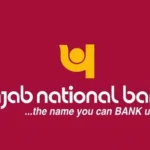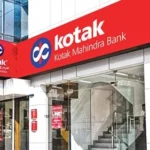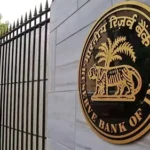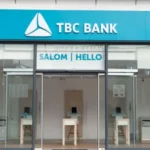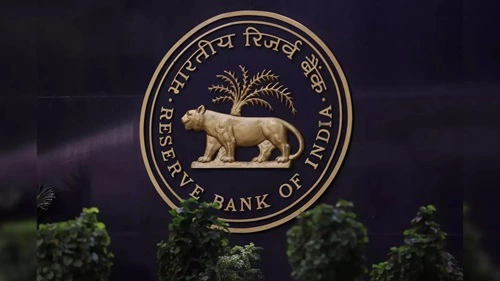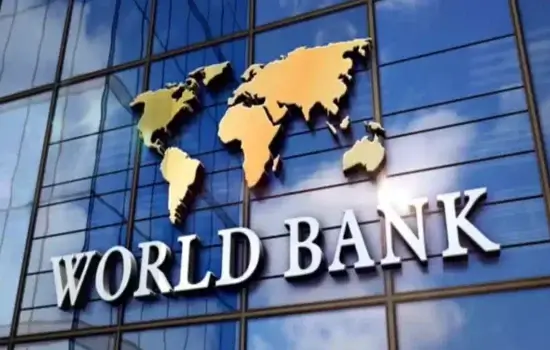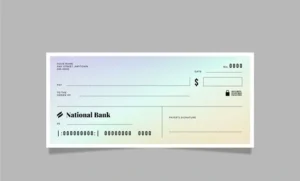A demand draft (DD) is a popular way to transfer money from one bank account to another. It is a type of bank order where the bank guarantees that the money will be paid. Unlike cheques, a demand draft cannot bounce, making it a safe and reliable method of payment. DDs are widely used for making payments, especially for large amounts. In this article, we will discuss the advantages and disadvantages of using demand drafts.
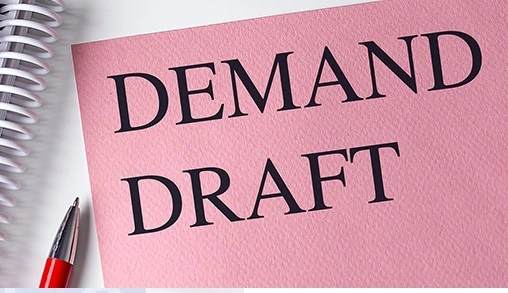
Advantages of Demand Drafts
Demand drafts offer several benefits, making them a popular choice for safe and secure payments. Here are some of the key advantages:
- Guaranteed Payment: The biggest advantage of a demand draft is that it is guaranteed by the bank. This means that the money will be paid to the receiver without any problems, as the bank has already received the funds.
- No Risk of Bounce: Unlike cheques, demand drafts do not bounce. This ensures that the payment will be successful, and the receiver will get the money without any issues.
- Safe for Large Transactions: Demand drafts are commonly used for large payments because they are safer than carrying cash or using a cheque that might bounce.
- Widely Accepted: Demand drafts are accepted by many institutions, including government offices, universities, and businesses. They are seen as a reliable form of payment.
- No Internet Required: Similar to cheques, demand drafts do not require an internet connection, making them useful in places where online banking is not available.
For more detailed information about demand drafts and other banking methods, you can visit sites like bankingstuffs.com, which provide insights into various banking options.
Disadvantages of Demand Drafts
While demand drafts offer several benefits, they also come with some drawbacks. Let’s look at the disadvantages:
- Time Consuming: Obtaining a demand draft requires visiting a bank, which can be time-consuming, especially if the bank is far or has long queues.
- Service Charges: Banks usually charge a fee for issuing a demand draft. This can make it more expensive compared to other forms of payment like online transfers, which are often free or have lower fees.
- Not Easily Cancellable: Once a demand draft is issued, it is difficult to cancel. Unlike a cheque, where you can stop payment, cancelling a demand draft requires following a long process.
- Requires Physical Presence: To issue or deposit a demand draft, you often need to visit the bank in person. This can be inconvenient compared to online banking, which can be done from anywhere.
- Paper Waste: Like cheques, demand drafts are paper-based, which is not environmentally friendly. Digital payments are better for the environment as they reduce paper waste.
Comparison Table: Advantages vs. Disadvantages
| Advantages | Disadvantages |
|---|---|
| Guaranteed payment | Time consuming |
| No risk of bounce | Service charges |
| Safe for large transactions | Not easily cancellable |
| Widely accepted | Requires physical presence |
| No internet required | Paper waste |
Conclusion
Demand drafts are a secure way to make payments, especially for large amounts. They offer guaranteed payment, making them a trusted option for both individuals and businesses. However, they also have some downsides, such as service charges and the need to visit the bank in person. While demand drafts are reliable, digital banking options are becoming more popular due to their convenience and speed. It’s important to weigh the advantages and disadvantages before deciding to use a demand draft. Whether you choose a demand draft or another payment method, make sure it suits your needs and the situation.
